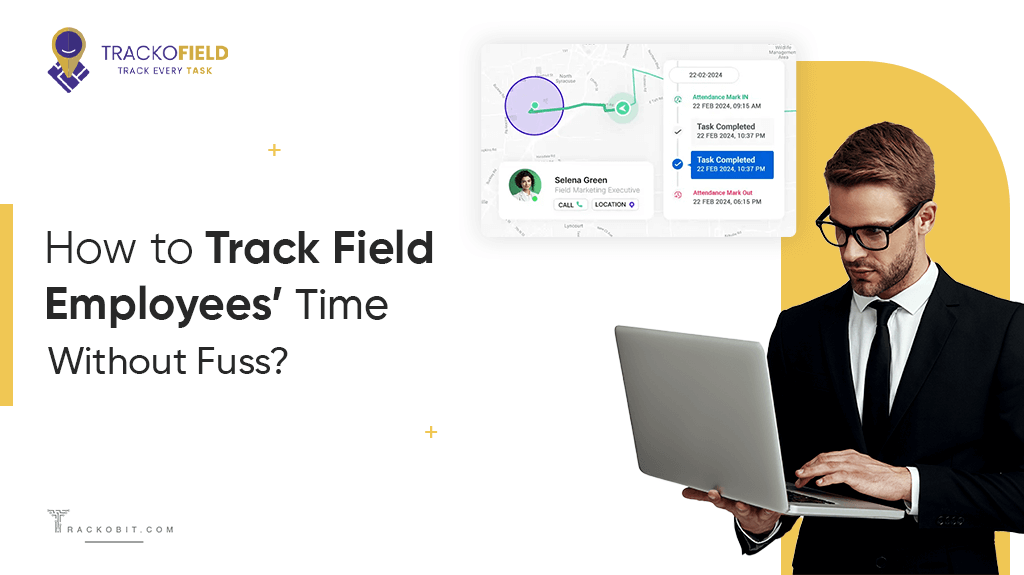-
TrackoBit
Manage commercial vehicles with the new-age Fleet Management Software
TrackoBit -
TrackoField
Streamline your scattered workforce with Field Force Management Software
TrackoField -
Features Resources
-
Blog
Carefully curated articles to update you on industrial trends. -
White Paper
Insightful papers and analysis on essential subject matters. -
Glossary
Explore an alphabetical list of relevant industry terms. -
What’s New
Get TrackoBit & TrackoField monthly updates here. -
Case Study
Explore the cases we solved with our diverse solutions. -
Comparisons
Compare platforms, features, and pricing to find your best fit.
-
About Us
Get to know TrackoBit: our team, ethos, values, and vision. -
Careers
Join the most dynamic cult of coders, creatives and changemakers. -
Tech Support
Learn about our technical support team and services in detail. -
Events
Check out the exhibitions where we left our marks and conquered. -
Contact Us
Connect with us and let us know how we can be of service.
Human Resource Information System
Related Terms
What is a Human Resource Information System (HRIS)?
A human resources information system (HRIS) collects and stores data on a company’s employees. Its basic functions are needed for end-to-end human resource management (HRM). It is a system for recruitment, performance management, learning and development, and more.
What are the Functions of HRIS?
Human resource information System (HRIS) functions include:
- Application Tracking System (ATS)
- Payroll
- Benefits Administration
- Time and Attendance
- Training
- Performance Management
- Succession Planning
- Employee Self-service
- Reporting and Analytics
What are the Benefits of HRIS?
Some key benefits of HRIS are:
- Accurate Payroll
- Accessible Data
- Compliant with Rules and Regulations
- Time-Saving
- More Time to Be Strategic
- Impactful Reporting
HRIS vs. HRMS
Here is the difference between HRIS and HRMS:
Focus
HRIS is primarily focused on managing and tracking employee information. It is a centralised database for storing employee data, such as personal details, job history, skills, and performance records.
HRMS is often considered a broader term that encompasses HRIS. It not only includes HRIS’s functionalities but also integrates additional features related to the strategic management of human resources. These may include talent management, workforce planning, recruitment, and performance management
Functionality
HRIS typically includes features for payroll processing, benefits administration, time and attendance tracking, and basic reporting. It’s more about data management and information storage.
HRMS is more comprehensive and may offer tools for strategic HR planning, employee development, succession planning, and other aspects beyond basic data management.
We use cookies to enhance and personalize your browsing experience. By continuing to use our website, you agree to our Privacy Policy.



































